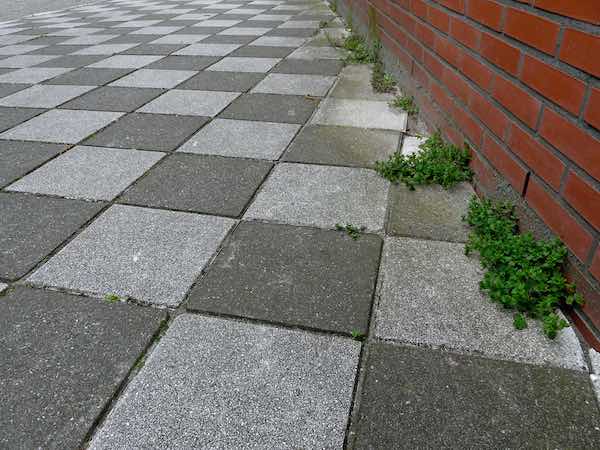
[Image above] Credit: Judy van der Velden; Flickr CC BY-NC-ND 2.0
One way to increase efficiency is to reduce waste.
And when it comes to manufacturing ceramic tile, there’s some room for improvement.
An estimated 1.5 million tonnes of waste are produced yearly from ceramic tile manufacturing in the European Union alone.
Although ~65% of that raw material waste is often captured and recycled back into the manufacturing process, 35% of tile manufacturing waste is pure waste—it’s sent to landfills or used as a filler in other materials as a means of disposal.
Most of the wasted waste is in the form of fired scrap or waste containing soluble salts, such as polishing sludge and kiln filter waste. That’s because those materials aren’t as easy to reuse as raw material ingredients, which can be recycled directly back into the process.
But that doesn’t mean it can’t be done—and that’s exactly what a European project called LIFECERAM is working towards.
The project—coordinated by the Instituto de Tecnología Cerámica of the Universitat Jaime I of Castellón in Spain and including Spanish Association of Ceramic Tile and Paving Manufacturers and several commercial partners—began in 2013 with the goal of achieving absolutely zero waste in ceramic tile manufacturing.
To do so, the project has two goals: to develop an outdoor ceramic tile—“urban flooring”—with >80% waste content; and to develop a sustainable manufacturing process, using dry milling and granulation, that can produce such recycled tiles.
According to a recent press release, the project has just completed testing that shows that producing such a recycled content tile is indeed possible.
The LIFECERAM team tested various milling conditions using the entirety of collected waste materials from ceramic tile manufacturing.
Taking into account the properties of like urban flooring materials, including concrete, terrazzo, natural stone, and even porcelain tiles, the team developed a suitable recycled content formulation that can be used exclusively to manufacture outdoor ceramic tiles.
“The composition of the new material closely matches the relative proportions in which the different ceramic waste products [scraps, sludges, and dusts] are generated,” Javier García Ten, research leader at ITC, says in the release. “We have achieved the porosity, mechanical resistance, and environmental properties we set out to, and the end product can be processed at existing industrial installations, meaning no changes to processes or equipment at ceramics plants are necessary.”
Although the team hasn’t yet had the opportunity to test how well they will hold up under the elements, it expects the recycled tiles will fare well.
“A benchmarking study defined the target properties, including bending strength, breaking load, impact, slip, and stain and frost resistance. Since we could fulfill these properties, we expect that the performance of the product should be suitable for outdoor applications,” García Ten adds in an email.
No processing changes at manufacturing plants necessary means no added costs. And because the process uses entirely waste materials, it saves material costs, too. According to García Ten, “The cost of the the product is 20% lower than similar porcelain tiles due to the use of waste (only considering transport costs) and the low thermal energy required for granulation in comparison to spray-drying.”
In addition, the scientists say commercial scale-up is completely feasible. “We conducted some industrial tests during the project, and the product behaves quite well during all manufacturing stages (pressing, glazing and decoration, and firing). The point is that the homogenization of some wastes is required, especially for glaze and polishing sludge,” García Ten says.
Plus, there’s the “green” benefits to increasing efficiency and reducing wastes.
According to its website, the LIFECERAM project altogether expects to achieve 20% reduction of waste disposal, 65% water savings, 30% reduction in carbon dioxide emissions, and 30% savings in energy input.
But, García Ten explains, the project’s success so far represents just one step along the way—key challenges still remain.
“To recycle all types of ceramic waste (unfired and fired scraps, glaze and polishing sludge, etc.), the body preparation process is based on dry milling technologies and granulation,” García Ten writes via email. “Dry milling allows us to skip the rheological problems that arise when wastes with soluble salts are recycled. In addition, it is possible to use the very hard fired scraps as chamotte. However, currently there is not an industrial facility able to dry mill and granulate the residues, because the Spanish ceramic sector is based on wet milling and spray drying.”
So, García Ten explains, the LIFECERAM project is developing contacts at smaller companies equipped with dry mills in an effort to next develop an industrial installation to prepare the pressing powder.
